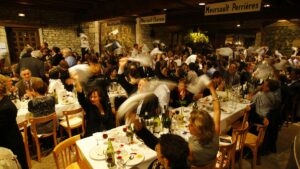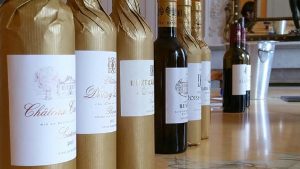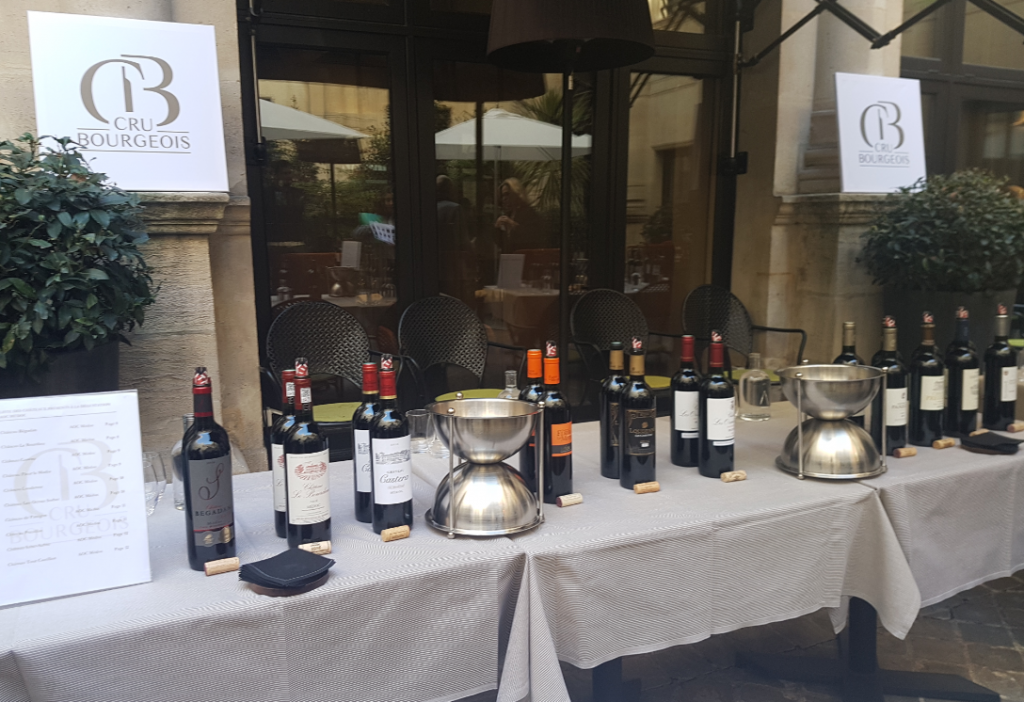
Two days ago, a 100% female contingent went to the 9th edition of the Crus Bourgeois official selection organized by Olivier Cuvelier and Armelle Cruse, President and Vice-President respectively of the Médoc Alliance des Crus Bourgeois.
Heading in the direction of the Cru Bourgeois 2020 classification
Already last September, at the 8th edition, Olivier Cuvelier mentioned the organisation’s wish to modify their system of classification. The idea was to pass to a 5-year classification and to create a hierarchy among the Crus, for instance, Cru Bourgeois, Cru Bourgeois Supérieur and Cru Bourgeois Exceptionnel. This has now been done: the chateaux have until 30th September to send their complete application. We’ll have to wait until 2020 to know who is attributed with the highest classification, which will feature on the label from 2018. Until then, the suspense is killing us! The list of properties which have applied for classification is a closely-guarded secret, and the jury is also unknown.
Higher classifications will be awarded on the basis of precise criteria, including:
- Tasting the wine in five vintages (between 2008 and 2016),
- The property’s commitment to an environmentally-friendly approach,
- The quality-driven distribution with a tariffing strategy which corresponds to the quality of the wine,
- A welcome space for visitors at the domain.
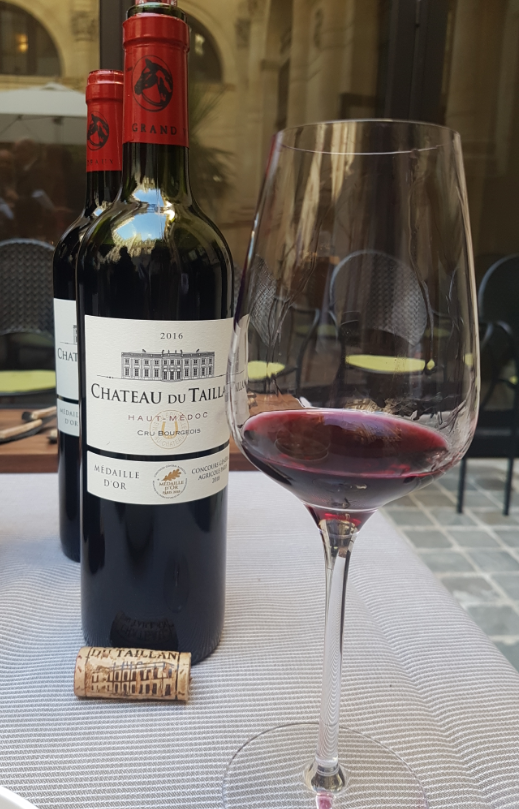
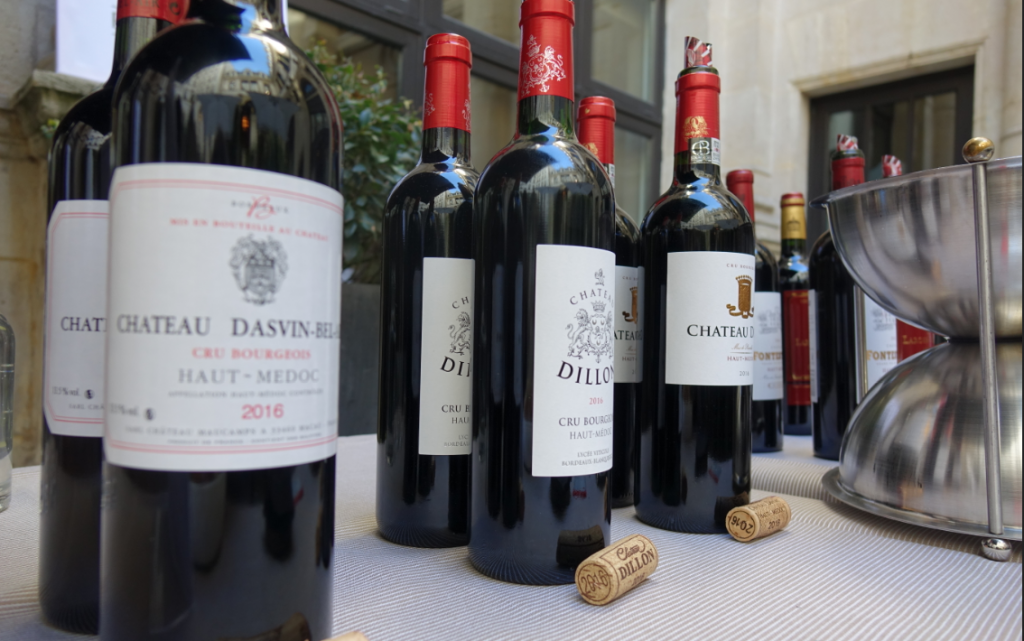
The Crus Bourgeois in figures
- 33 million bottles
- 5,000 hectares
- 32% of the Médoc’s total production
- 31% of the Médoc’s total wine-growing area
- 270 Médoc Cru Bourgeois
- 7 appellations (Médoc, Haut-Médoc, Listrac-Médoc, Moulis en Médoc, Margaux, Pauillac, Saint-Estèphe)
9th edition of the official selection of Crus Bourgeois Supérieur
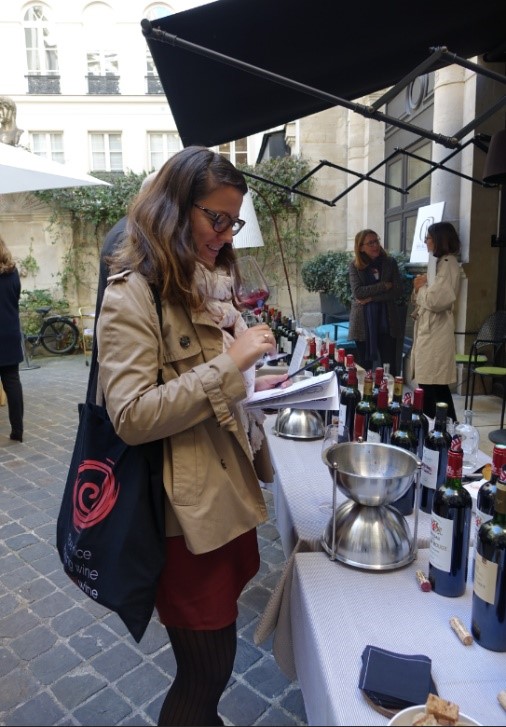
This year, Angelique, Elsa and Constance were invited to taste the most recently-bottled vintage: the 2016. Eagerly anticipated given the unfortunately small 2017 harvest (the Bordeaux region having suffered from terrible weather in April of last year), the 2016 is characterized by direct wines which are full of freshness. However, even for professionals like us (😊), tasting such young wines is a difficult exercise. In fact, the wines having just been bottled three or four months previously, they go through a period of “closedness” which is entirely normal. Their potential was nevertheless perceptible and, in our opinion, 2016 will be an elegant vintage, perfectly made for aging. We can’t wait to try them again in a few years’ time, to see how they’ve evolved. Let’s not forget: the wines from this illustrious region have everything to gain from aging in a cellar for a few years…
What’s more, during the lunch which followed the tasting, Angélique was able to taste the 2012 vintage from Château Paveil de Luze, which displayed refined, well-integrated tannins, a supple texture for such a concentrated wine, and a lot of energy. She fell under the charm of the château Poitevin 2014, with its wonderfully gentle attack, its at once rich and refined nose. The finish is still lightly oaky, but the tannins should soften even further in the years to come. In the same vintage, Château Cissac displayed a tight, powerful structure, a tender texture and a lovely roundness in the mouth. Three elegant wines, perfectly illustrative of Bordeaux classicism, a classicism which was happily jostled by the talented Akrame – currently presiding rue Tronchet – with delicately spiced, elegant dishes.
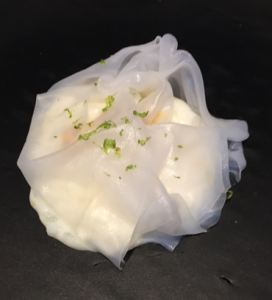
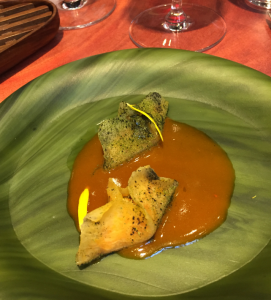
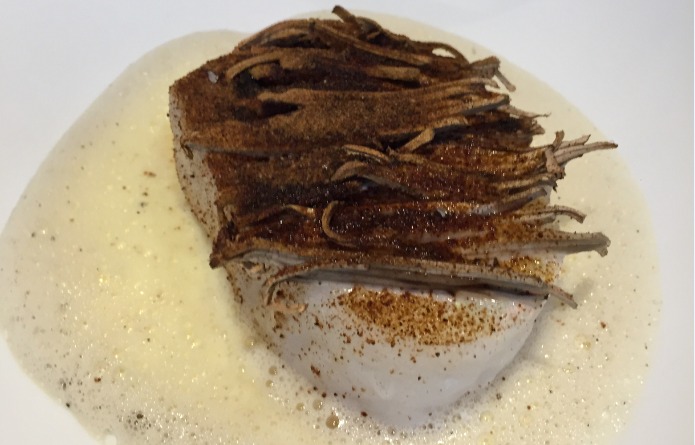
See all Bordeaux wines currently on sale
Search for the price of a wine
Not yet registered to buy wines with us? Sign up here for free!
Other things to read on the iDealwine blog:
New Crus Bourgeois classification finalised
Bordeaux grands crus – what is a second wine?
Wine tasting event: 2015 Bordeaux Grands Crus

